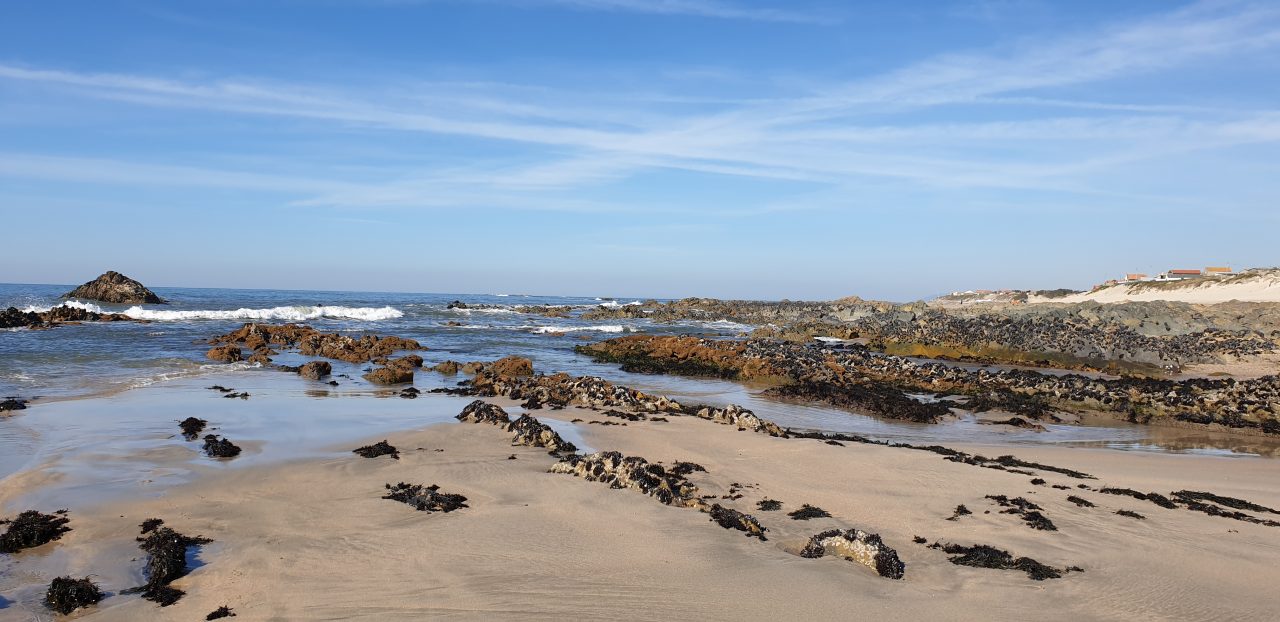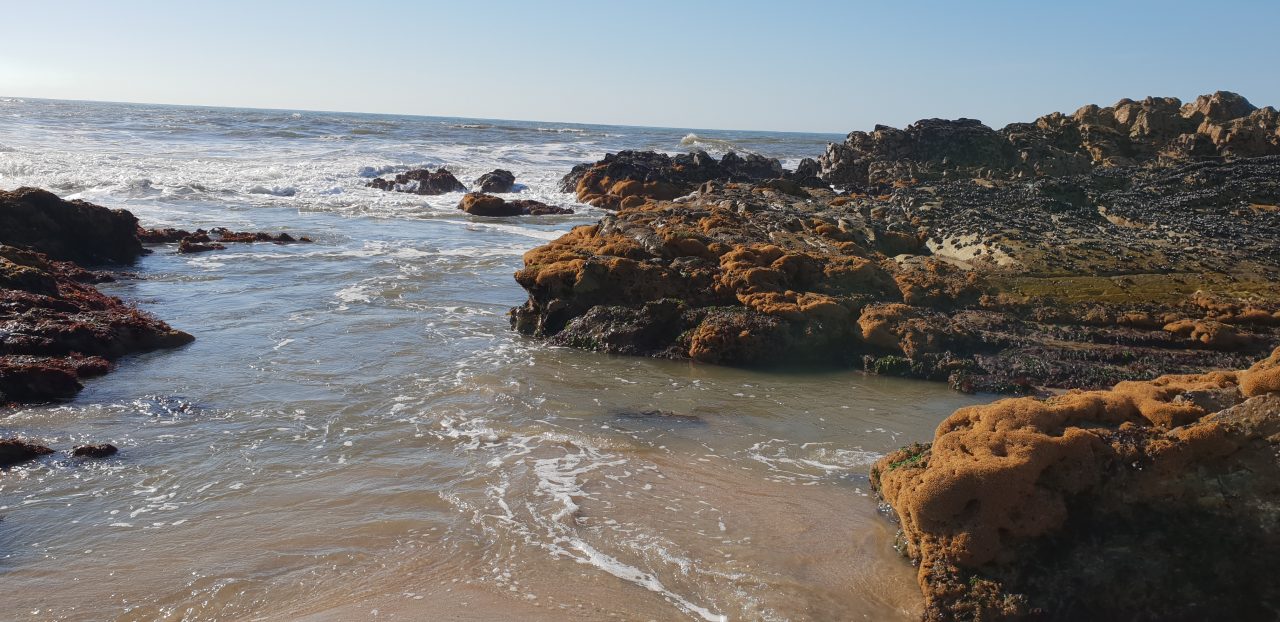Description
Reefs can be either biogenic concretions or of geogenic origin. They are hard compact substrata on solid and soft bottoms, which arise from the sea floor in the sublittoral and littoral zone. Reefs may support a zonation of benthic communities of algae and animal species as well as concretions and corallogenic concretions. Clarifications: • “Hard compact substrata” are: rocks (including soft rock, e.g. chalk), boulders and cobbles (generally >64 mm in diameter). • “Biogenic concretions” are defined as: concretions, encrustations, corallogenic concretions and bivalve mussel beds originating from dead or living animals, i.e. biogenic hard bottoms which supply habitats for epibiotic species. • “Geogenic origin” means: reefs formed by non biogenic substrata. • “Arise from the sea floor” means: the reef is topographically distinct from the surrounding seafloor. • “Sublittoral and littoral zone” means: the reefs may extend from the sublittoral uninterrupted into the intertidal (littoral) zone or may only occur in the sublittoral zone, including deep water areas such as the bathyal. • Such hard substrata that are covered by a thin and mobile veneer of sediment are classed as reefs if the associated biota are dependent on the hard substratum rather than the overlying sediment. • Where an uninterrupted zonation of sublittoral and littoral communities exist, the integrity of the ecological unit should be respected in the selection of sites. • A variety of subtidal topographic features are included in this habitat complex such as: Hydrothermal vent habitats, sea mounts, vertical rock walls, horizontal ledges, overhangs, pinnacles, gullies, ridges, sloping or flat bed rock, broken rock and boulder and cobble fields.

The content in this page is available under the Creative Commons Attribution 4.0 International Public License (CC BY 4.0); May be subject to additional conditions, for more details see the Terms and conditions.


